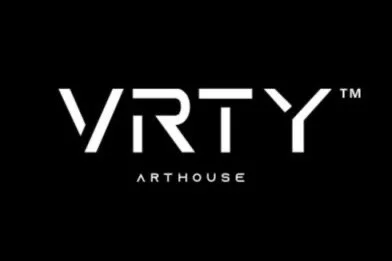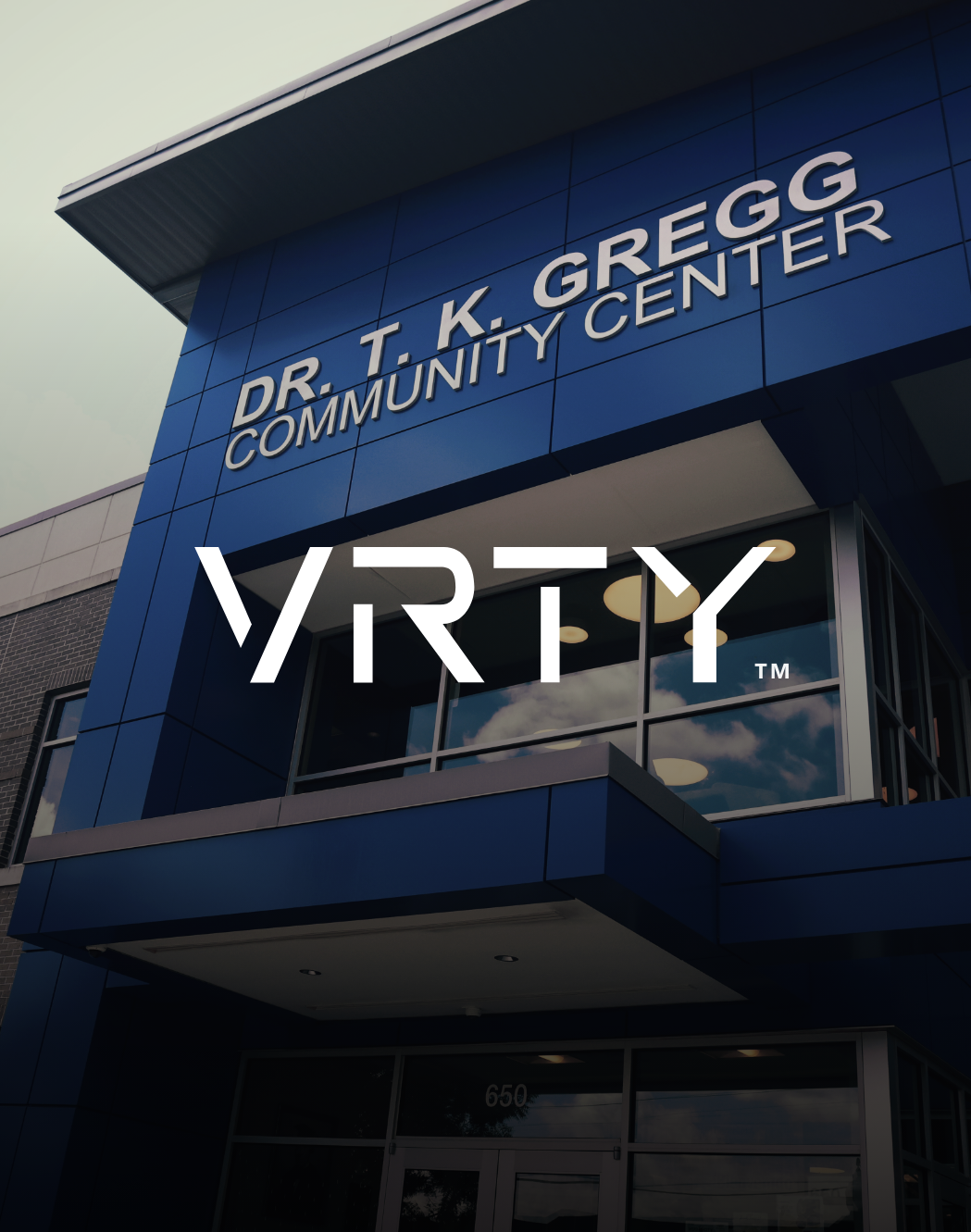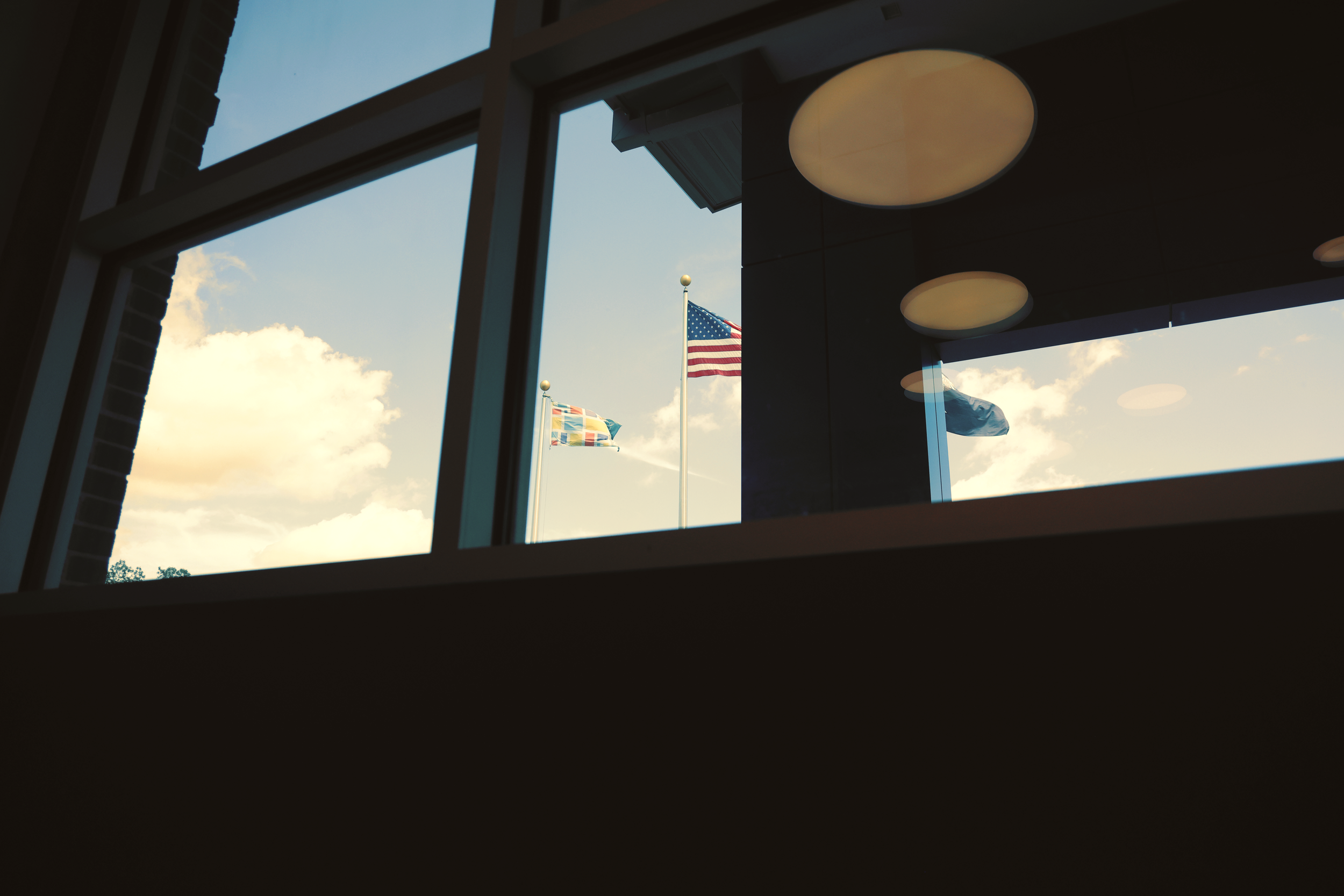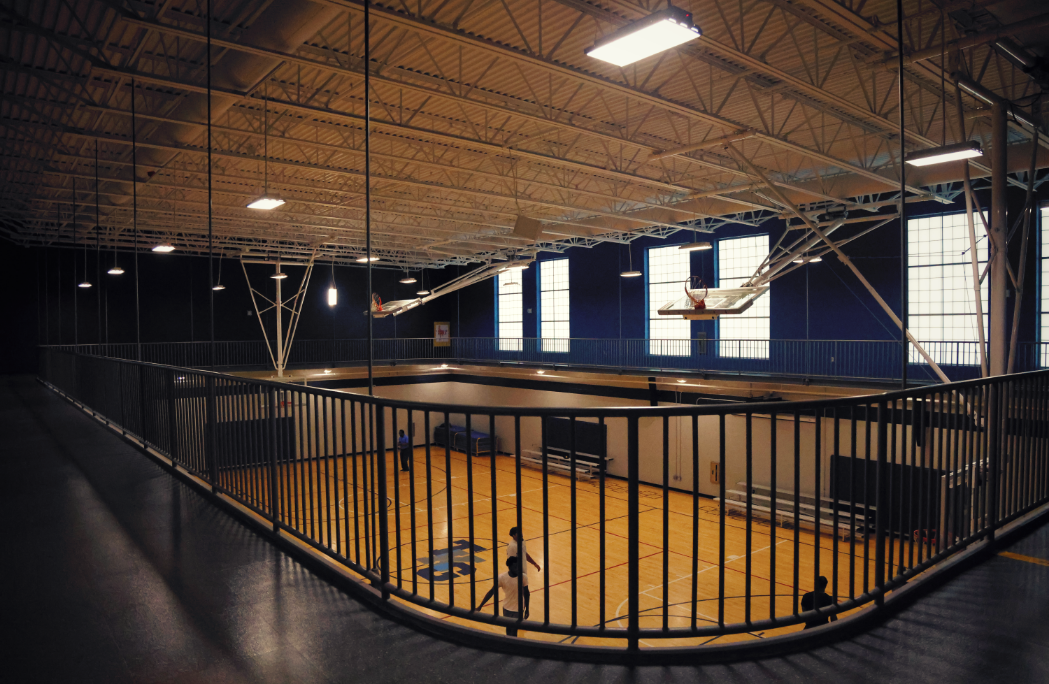A Radical Approach to Art-Based Interventions for At-Risk Youth
Policy design written for community leaders to address the problem of at-risk youth diversion.
Designed by VRTY Arthouse : The House of Verity™ | Written by Kylan Stephon Hayes
Kylan Stephon Hayes | Designer | Media Producer
A Radical Approach to Art-Based Interventions for At-Risk Youth
While there is no single definition of what makes a youth “at risk,” Possibilities for Change defines “at-risk youth” as individuals who are vulnerable in some way. Maybe they are in danger of dropping out or skipping school. Maybe they are surrounded by peers tempting them to engage in risky behaviors. Maybe they have a home life sitting on an unstable foundation.
Whatever the cause, these are youth who need some form of intervention or support. Rather than outline the many causes leading to an at-risk classification, it’s my goal to outline a radical solution to intercept these kids with an alternative, progressive set of actions.
The danger that comes when we fail to intercept the youth directly affects the present and future health of our local communities. This reality needs no introduction. Spartanburg, South Carolina is no stranger to the tragic effects stemming from youth with unstable homes.
Articulating the Problem - Listen, Don’t Generalize
The causes leading to at-risk classification vary depending on the specific individual within a specific community. For some, it’s a matter of socio-demographics: family patterns, peer influence, neighborhood safety, etc.
For others, it stems from a deeper set of causes: substance use disorder, sexual or physical abuse, exposure to violence, etc.
As community leaders, our job is not to generalize the cause - this leads to generic solutions that go unused or are rendered ineffective. Our job is rather to treat at-risk youth on a case by case basis, and this introduces us to a clear roadblock we need to address: we need to listen - actually listen.
A clear problem communities face when addressing at-risk youth comes from not listening to the youth in the first place. We are quick to prescribe solutions based on preconceived notions & our own intellectual biases when in fact, nobody can better articulate the problem than the people most affected - the youth.
In this sense, a crucial roadblock our community must overcome is the lack of true safe space - we need spaces where the youth are comfortable showing up and expressing themselves to key stakeholders. Even more, as leaders it is our job to embrace discomfort. We should not expect at-risk youth to come to us - we need to go to them.
Third-spaces provide avenues for community development, especially for the youth.
Addressing the Needs - Community over Compliance
It takes a village to raise a child, and it takes community to empower the youth. The foundational need that provides refuge for a host of problems is a true support network. The importance of this cannot be understated, especially in the digital age we find ourselves.
These are the street-level heroes: the gas station clerks, the bus drivers, the barbers, the bartenders, the restaurant servers, the church members, the school teachers, the coaches, the police officers - the people that the youth interact with on a day to day basis. These are the people who are most capable of intercepting the youth, not the public officials and bureaucrats.
What is crucial to understand is the need for communication over compliance. The need for codes of conduct is clear, but for at risk-youth, the lack of communication breeds rebellion. A lack of compliance doesn’t stem from misunderstanding, but often something deeper. This is where many programs go wrong - they provide lectures rather than opportunities to foster understanding. In other words, we as leaders need to do a better job at simply hearing them out.
This dynamic creates a community network of growing relationships and multiple checkpoints of accountability. It’s one thing for the law to intercept an at-risk youth. It’s something entirely different when it’s the barber the youth frequents biweekly who notices something off.
Community over compliance and active listening over lectures - this is what’s missing and what must be part of any solution.
Editorial photography by VRTY Arthouse™
A Potential Policy Solution - Art Based Interventions Designed to Foster Community Relationships.
At the offset, we need to clarify that public policy is a continuous effort. There is no grand solution, and every solution only creates more problems to solve. It is our intention to provide a framework for stakeholders to consider and potentially build upon to cultivate community mentorships, creative development, and an alternative providing at-risk youth with an avenue for expression and communication.
Objective: Utilize the arts, creative training, & creative development mentorship to intercept at-risk youth with an avenue of expression & communication to cultivate community relationships.
Strategy: Provide at-risk youth with creative training to equip them with a self-sustaining skillset able to be utilized outside of school time rather than potential at-risk activities.
Most youth programs are restricted within a time limit (specifically sports-based programs). Creative expression, on the other hand, is 24/7.
Art becomes an escape from an at-risk environment.
Building small groups (2-5 youth max) with the purpose of creative development provides at-risk youth with immediate community connections built around a common purpose.
A vibrant creative community has a direct correlation to a vibrant downtown economy (culture, entertainment, community).
Creative mentors exist everywhere (sourcing will merely be a matter of who is willing to donate time).
Creative mentorship is as healing to the mentors as it is the youth.
Utilize community 3rd spaces as locations for consistent in-person meetups.
Low overhead costs confined to creative supplies.
Tactics: Tactically, the objective is to have a clear pipeline connecting at-risk youth to mentors with a specifically desired medium of creativity.
Poll youth in Spartanburg County middle/high schools to learn the most popular mediums of artistic expression (singing, rapping, photography, fashion design, painting, etc)
Recruit a list of volunteer mentors with the creative skillsets meeting the polled recommendations.
Onboard creative mentors in collaboration with school guidance counselors, community leaders, church leaders, & parents (including a background check)
Develop a streamlined method in schools, churches, & private homes to market interest & pair at-risk youth with a small group & mentor
2-5 kids max with 1 mentor.
Allow the program to be self-sustaining by equipping mentors with the tools and freedom to schedule meetings & meeting formats based on the needs of the youth.
This is crucial for operational efficiency
Decide on a length for program before participants “graduate”
The process never truly ends, but there is a formal conclusion in order to allow future youth opportunities to participate
Analyze the strengths, weaknesses, and areas for improvement quarterly with program stakeholders.
Continuous refinement is the goal.
Stakeholders: At-risk youth, Spartanburg County middle/high school administrators & counselors, volunteer mentors, church groups, alternative County youth groups, parents/legal guardians
Financing: Overall overhead costs are low, so having a centralized account capable of dispersing grant funds to individual mentors would be operationally efficient.
Operations: Program operations are 100% decided by the individual groups.
Success Measurements: Cultivation of friendships between youth participants, cultivation of community connections between participants and mentors, cultivation of creative skills to build upon in the present and future.





